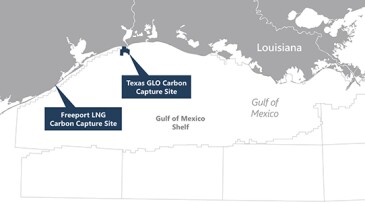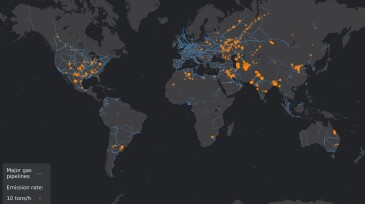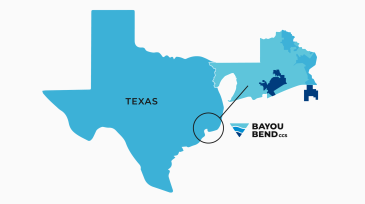Environment
The urgency of methane emissions reduction in the oil and gas sector demands a strategic approach to change management. Success hinges on fostering a shift in industry mindset, where emissions reduction is embedded into operational design and decision-making rather than seen as a regulatory burden.
A revised biological opinion determined that the endangered species could go extinct without new precautionary measures.
The two companies said they will evaluate the possibility of a joint venture to develop a direct air capture hub in South Texas, with XRG considering investing up to $500 million.
-
The agency’s new Global Methane Tracker analysis reports that methane emissions from the energy sector are 70% higher than official figures.
-
The companies will leverage each other’s experience and assets to offer full-cycle water-handling services in West Texas.
-
The new project will use EnLink’s existing pipeline infrastructure and Talos’ newly acquired 26,000-acre sequestration area.
-
The new guidance provides oil and gas companies, governments, and regulators with a practical framework to end flaring and use the gas as an energy resource.
-
Denbury gains exclusive rights to develop the site on 75,000 acres near Mobile, Alabama.
-
Thousands of satellite images were scrutinized by monitoring company Kayrros to identify ultra-emitters of methane, greenhouse-gas sources that cannot be detected by terrestrial monitors. Up to 150 methane plumes a month were seen, some spreading for hundreds of kilometers.
-
The Los Angeles City Council voted to ban new oil and gas wells in the country’s second most populous city and phase out existing wells over a period of 5 years.
-
The study assessed the CO2 footprint and NO2 emissions for different drill-cuttings treatment alternatives. The values were then used to create an emissions calculator that can be applied to projects to clarify the actual potential for emissions reduction within the drilling-waste-management process.
-
The Gulf of Mexico explorer is building off its offshore learnings to scoop up early carbon capture and sequestrations projects on the US Gulf Coast.
-
The US government has made more than $1 billion available to qualified states. The program is part of the recently passed infrastructure law.












